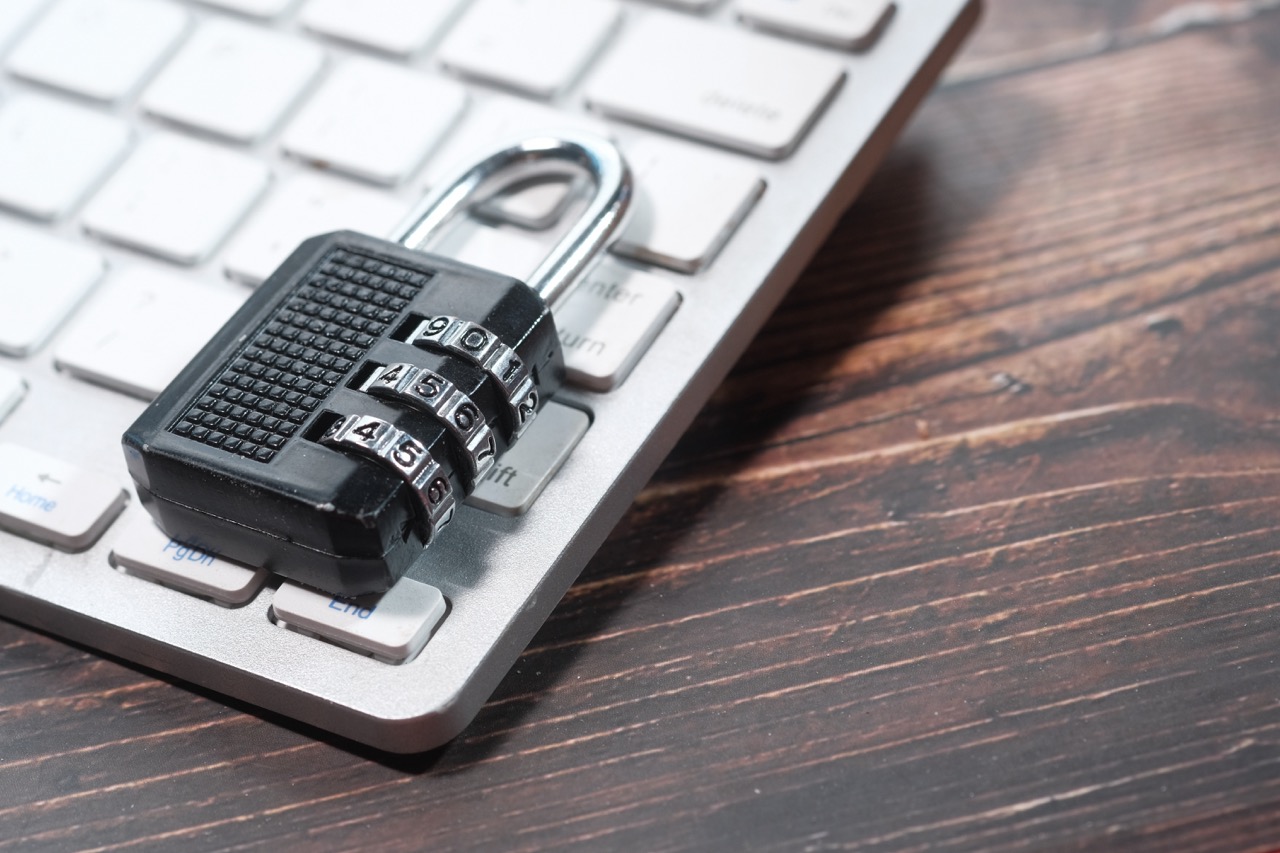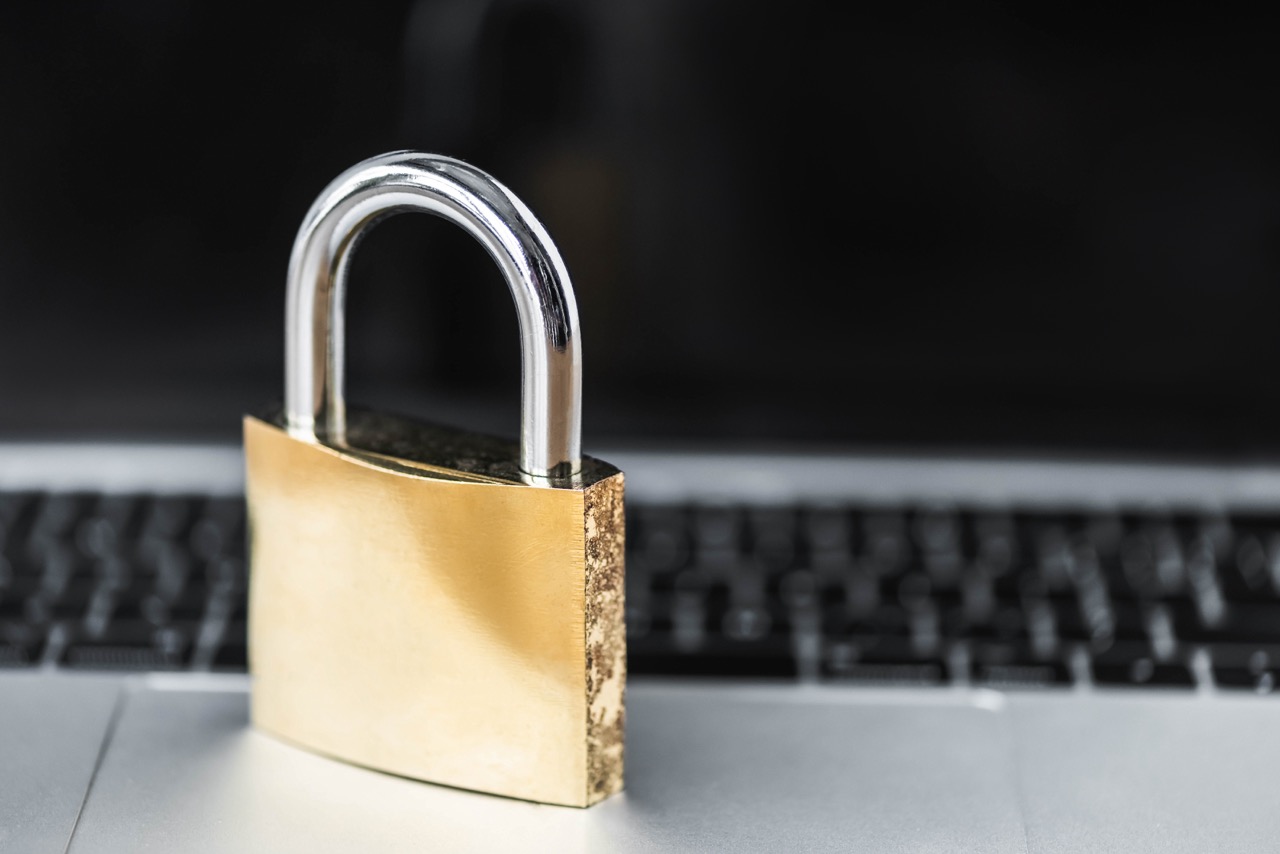The rapid proliferation of Internet of Things (IoT) devices continues to transform the way we interact with technology. However, this increased connectivity also brings security vulnerabilities and data privacy concerns. One effective way to address these issues is by setting up a proxy server for your IoT devices. Proxies serve as intermediaries between your devices and the internet, providing an extra layer of security, improved network performance, and enhanced control over traffic. This article outlines the essential components involved in establishing a proxy for your IoT devices, including understanding the role of proxies, selecting the appropriate server, configuring settings, and implementing best security practices.
Understanding the Role of Proxies in IoT Device Networks
Proxies in IoT networks act as intermediaries that relay requests from IoT devices to other servers on the internet. By doing so, they can mask the real IP addresses of devices, enhancing anonymity and making it more challenging for potential attackers to target specific devices. This is particularly crucial in IoT environments where devices often communicate sensitive data, such as health metrics or location information.
In addition to security benefits, proxies can also optimize network performance. They can cache data requests, which reduces latency and bandwidth consumption for repeated data access. This is particularly beneficial in scenarios where multiple devices are accessing the same information, such as firmware updates or data pulls from centralized servers. By minimizing direct communication with external servers, proxies can help manage network congestion and improve the overall responsiveness of IoT applications.
Moreover, proxies can enforce policies and monitor traffic, allowing administrators to impose restrictions on device communications. This capability enables organizations to implement granular access controls, ensuring only authorized applications can communicate with specific IoT devices. Collectively, these functionalities highlight the multifaceted role of proxies in enhancing both security and efficiency in IoT device networks.
Selecting the Right Proxy Server for IoT Applications
Choosing the appropriate proxy server for your IoT devices requires careful consideration of various factors. First, it’s essential to evaluate the type of proxy that aligns with your operational needs. Common types include HTTP proxies, SOCKS proxies, and transparent proxies. Each type has its specific use cases, such as HTTP proxies being ideal for web traffic, while SOCKS proxies can handle various protocols and applications, making them more versatile for IoT environments.
Next, assess the performance capabilities of the proxy server. Bandwidth limitations, latency, and connection stability are critical metrics. For IoT devices that rely on real-time data processing, selecting a high-performance proxy is imperative. Look for a server that offers low latency and can handle multiple simultaneous connections without degradation in performance. Additionally, consider the geographical distribution of the proxy servers, as proximity can significantly affect connection speeds.
Finally, security features must be a priority when selecting a proxy server. Look for options that support encryption protocols, such as SSL/TLS, to ensure that data transmitted between your IoT devices and the proxy remains secure. Additionally, consider whether the proxy server offers features like authentication, logging, and threat detection to enhance overall security. A well-chosen proxy server can serve as a robust foundation for securing your IoT ecosystem.
Step-by-Step Guide to Configuring Your Proxy Settings
Configuring proxy settings for IoT devices typically involves several steps, starting with accessing the device’s settings interface. This can often be done through a web browser or a mobile application, depending on the device manufacturer. Locate the network settings section and find the option to specify a proxy. Depending on your device, you may need to enter specific parameters, such as the proxy server IP address and port number.
After entering the basic proxy settings, you may need to configure additional advanced options, such as authentication credentials. Some proxies require a username and password for access, especially in enterprise environments. Ensure that this sensitive information is stored securely and only accessible to authorized personnel. It is also essential to test the connection after configuring the settings to ensure that the IoT device can successfully communicate through the proxy.
Lastly, monitor the performance and logs of the proxy server after configuration. Many proxy servers offer logging features that allow you to track the data that passes through them. This monitoring can help identify unusual patterns or potential security threats. Regularly reviewing these logs can provide valuable insights into how your IoT devices are interacting with the proxy, enabling ongoing optimization and security improvements.
Best Practices for Securing IoT Devices with Proxies
To maximize the security benefits of using proxies for IoT devices, adhering to best practices is crucial. One such practice is to implement strict access controls. Limit access to the proxy server, ensuring that only authorized devices and users can connect. Implementing measures such as IP whitelisting can help restrict access to known entities, reducing the risk of unauthorized connections.
Another critical practice is to regularly update and patch the proxy server. Vulnerabilities in proxy software can be exploited by attackers, leading to potential breaches. Ensure that your proxy server is equipped with the latest security patches and software updates. Regular maintenance and monitoring can help ensure that your proxy functions effectively and securely over time.
Lastly, consider using multiple layers of security in conjunction with proxies. Implementing additional measures such as firewalls, intrusion detection systems, and end-to-end encryption can further enhance the security posture of your IoT network. By combining proxies with these additional protections, you can create a more resilient infrastructure that mitigates risks and safeguards sensitive data effectively.
Setting up a proxy for your IoT devices is a strategic move that can significantly enhance security, optimize performance, and manage traffic effectively. By understanding the role of proxies, selecting the right server, configuring settings correctly, and following best practices for security, you can create a robust environment for your IoT ecosystem. As IoT technology continues to evolve, embracing such measures will be essential to protecting your devices and the sensitive data they handle.










